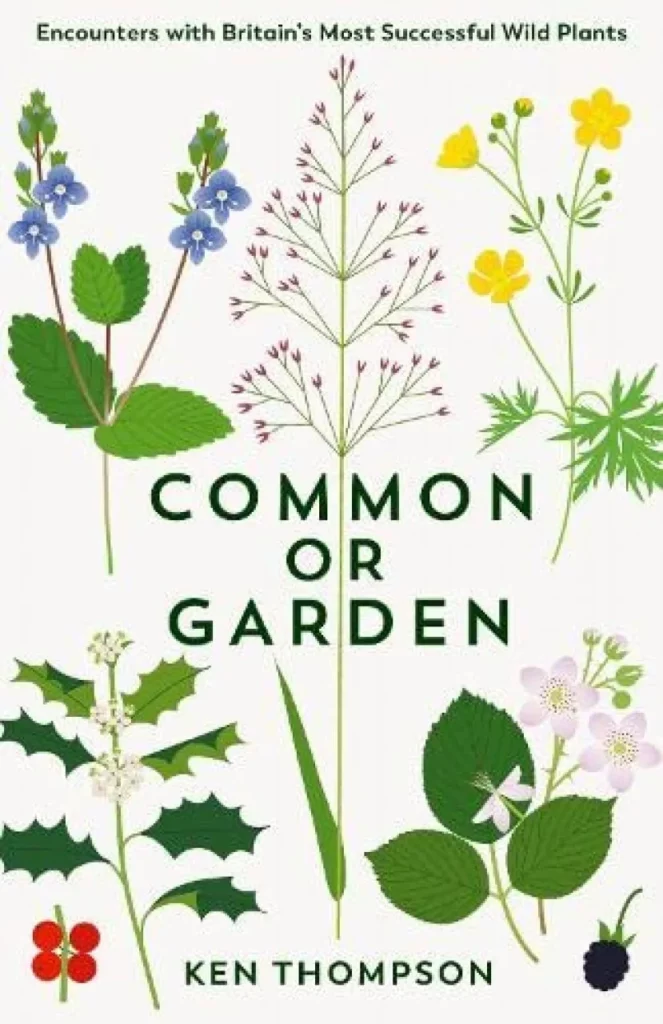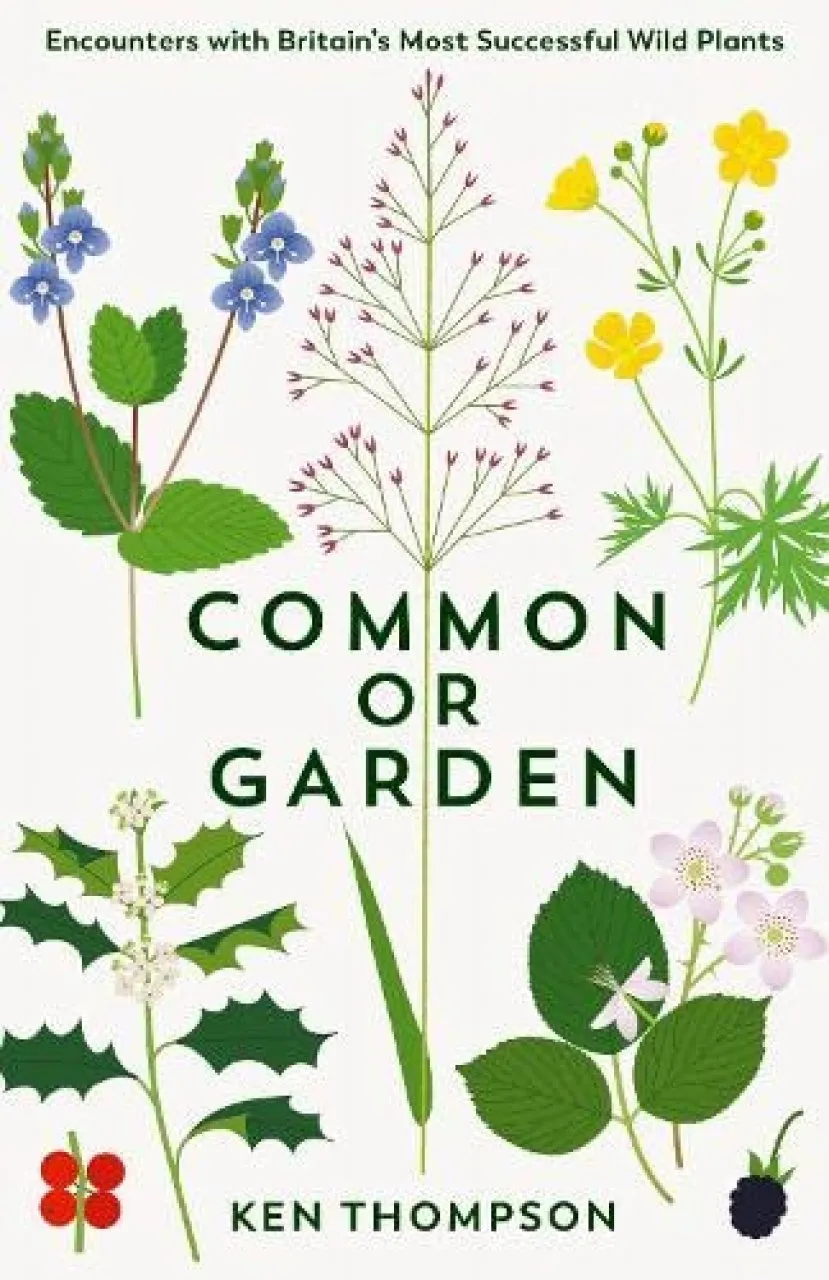Ask a botanist the main highlights of a particular area which he or she has visited recently, and the chances are that a cherished rarity or two will be mentioned, along with the efforts required to find it. It is unlikely that the listener will be regaled with tales of the wonders of nettles, couch-grass, ragwort or hogweed. Such plants are at best taken for granted, or at worst disparaged for being invasive or, well, common. But as Ken Thompson explains in his excellent book, Common or Garden, rarity is actually the norm in the natural world, while it is in fact quite exceptional to be common. Though relatively few in number, an unheralded assortment of very common species provides the literal background to our daily lives, yet these species are seldom written about other than perhaps as footnotes when found growing as associates with their more glamorous neighbours.
Following an informative chapter setting out the background and detailing the main factors influencing rarity (and, by association, commonness too), such as restriction to a particular habitat or geology, climatic and altitudinal limitations, and soil fertility, we learn of the method used to define and determine the ‘top 50’ most common plants found in Britain (not as simple as you might imagine). The main bulk of the book is then devoted to a celebration of these ubiquitous and familiar trees, shrubs, flowers and grasses.
Rather than proceeding through the list in order of their frequency/commonness, which might have become a bit formulaic after a while, chapters often group together similar-looking species, such as ‘Green and flat’, which gathers together 11 common grasses, or ‘In for a splash’, with the focus on ash and oak, although many of the 50 are given their own singular spotlight. Each chapter is wonderfully titled (‘A dandelion for all seasons’ being a particular favourite), displays the common and scientific names for the species that are to be examined, and has superb illustrations by the clearly very talented Sarah Abbott. The text is written in an enjoyably flowing and engaging style, with no little humour, is meticulously researched, and on the occasions when it is necessary to explain a rather complex subject matter, for example apomixis, it is accomplished with a clarity that can be achieved only by someone with an authoritative knowledge of their subject matter.
For my part, although there was much that was familiar – as a botanist, it would be remiss of me not to have at least a vague grasp of some of the content – there was also a wealth of new information, especially concerning a species’ particular place in folklore, medicinal uses past and present, the origins of common names (the tale of how Yorkshire Fog came by its moniker is particularly enlightening), as well as fascinating insights into the science behind success. This book provides a fresh and insightful account of the flora that lives within walking distance of all our homes, and is a welcome antidote to the all-too-common tales of decline and loss that so often permeate the narrative about our wild flora.


